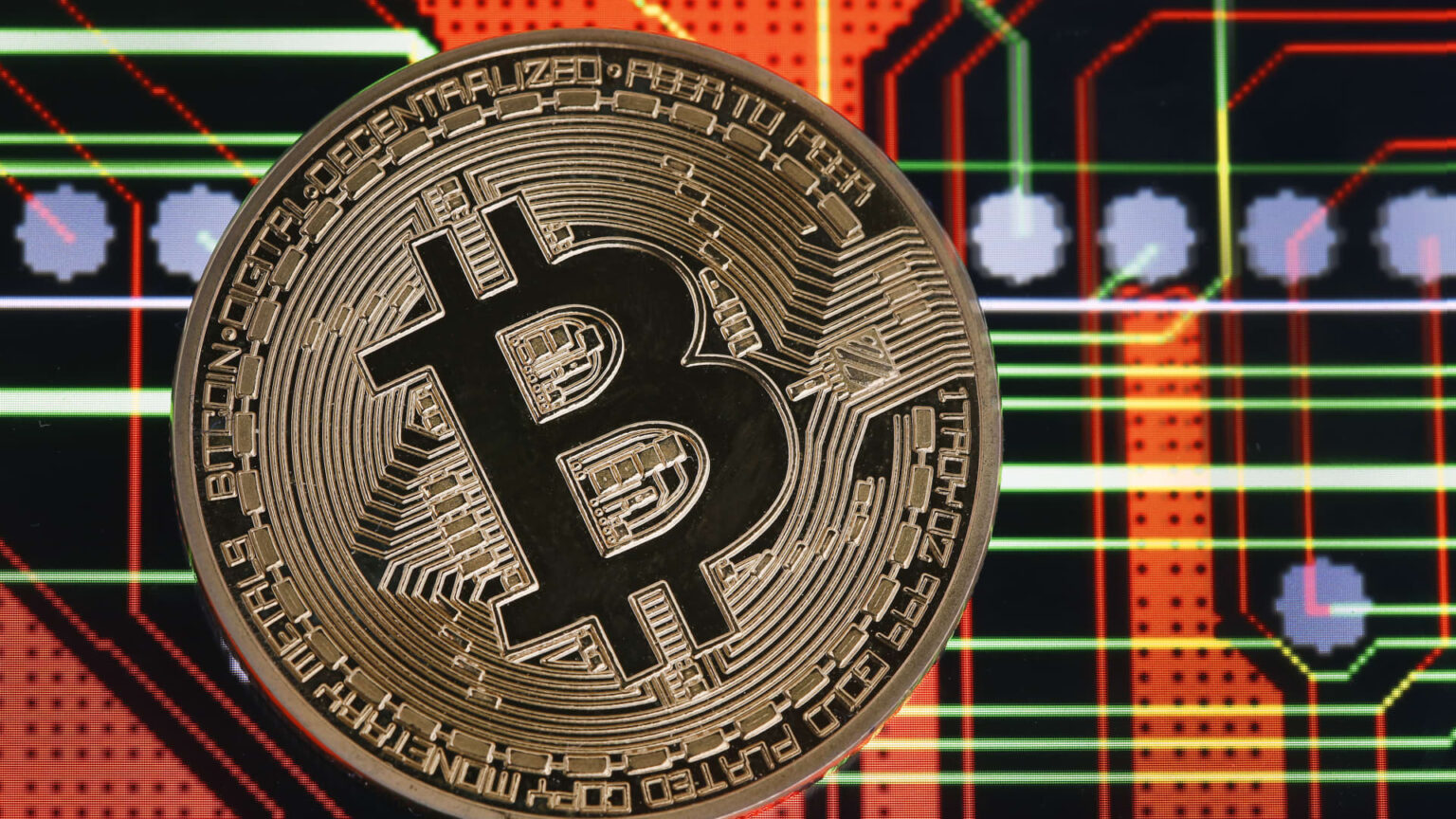Bitcoin (BTC) recently rose back above $30,000, inciting some hope among traders that the token may be in recovery mode.
But analysts are skeptical over the nature of the recovery, with many cautioning that it may be a “dead cat bounce.”
BTC is currently trading at $31,500, up nearly 7% over the past three days. While it has recovered to back above $30,000, popular Twitter analyst @CryptoDonAlt opines that it needs to confirm at least two more levels for a breakout.
Until then, sentiment over the token is likely to remain bearish, considering it has more than halved from a record high hit last year.
BTC needs to first confirm $31,800, then $34,000
CryptoDonAlt said in a Twitter post that the token has struggled to confirm $31,800, and is now “bearishly retesting” the same area. While the token did trade as high as $32,000 in the past few days, it has almost immediately slumped back below the level.
After clearing $31,800, BTC will face $34,000 as its next resistance point before a breakout. But clearing this, it could set the token up for further gains.
Kinda have to lean bearish here, at least until $34k is reclaimed and closed above. If we do reclaim it though, I’m down to full send it.
-CryptoDonAlt
Bitcoin tracks relief rally in stocks
A bulk of BTC’s recent gains have been driven by a strong recovery in stock markets. For instance, the Nasdaq 100- BTC’s closest parallel in stock markets rose 7% in the past five days, with a similar performance from the token.
But U.S. stock futures indicate that this rally may be running out of steam, with Wall Street set for a largely flat open today.
As such, BTC’s recovery rally may cool down similarly, keeping the token in a bearish trend for the near-term.
The factors that contributed to stock and crypto market weakness are still in play. Rising inflation and interest rates have largely eroded appetite for risk-driven assets this year.
The presented content may include the personal opinion of the author and is subject to market condition. Do your market research before investing in cryptocurrencies. The author or the publication does not hold any responsibility for your personal financial loss.

